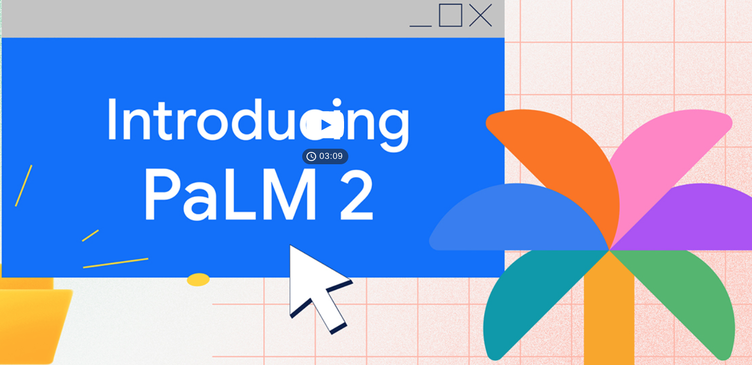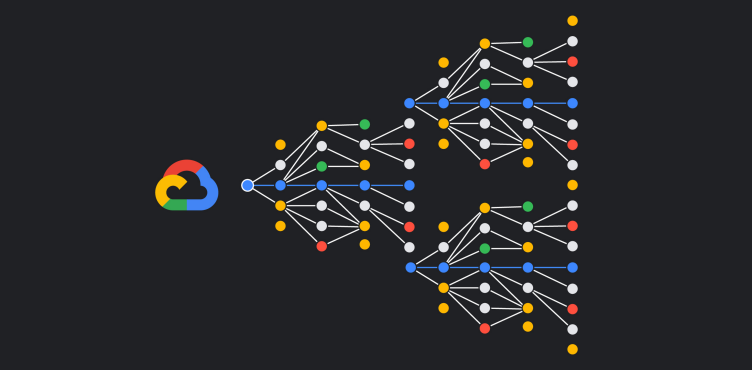Gen AI & Prompt engineering: The new frontier in AI

#machinelearning was once the talk of the town, but #Generative AI has taken its place. Generative AI is a new technology that can be used to create content, such as text, images, and videos.
It can be engineered with prompts, which means that users can tell it what they want it to create. This makes it a powerful tool for creating content that is tailored to specific needs. For example, a user could use Generative AI to create a video that is relevant to a specific topic or to create a piece of text that is tailored to a specific audience.
Prompt engineering is a method in artificial intelligence (AI) that involves the development and optimization of prompts to improve the performance of language models (LMs) on a wide range of tasks. Prompts are short pieces of text that are given to LMs to help them comprehend what is being requested of them. By carefully designing prompts, it is possible to improve the accuracy and efficiency of LMs on a variety of tasks, including question answering, summarization, and translation.
There are a number of different approaches to prompt engineering. One common approach is to use a template-based approach, where the prompt is generated by filling in the blanks in a pre-defined template.
Google Cloud's Generative AI Studio allows you to create prompts or design your own prompts


Key components of Prompts are:
- Context - Context instructs how the model should respond. For example, “Explain this code,” specifying words the model can or cannot use, topics to focus on or avoid, or response format. Context applies each time you send a request to the model.
- Examples - Examples help the model understand what an appropriate model response looks like. You can write your own example input and output or use the Test section to save a real response as an example. You can also add a prefix which will be appended to every example (for instance, “question” and “answer”).
- Test - This is where you would test out the model
- Input: This is where you make a request to the model. When you submit a request, the context, examples, and input fields are all sent together.
- Output: This is your model’s response, which takes into account all of the prompt fields (context, examples, input)

The best approach to prompt engineering will vary depending on the specific task and the LM that is being used. However, in general, prompts that are clear, concise, and informative will be more effective than prompts that are vague or ambiguous.
Prompt engineering is a rapidly evolving field, and new techniques are being developed all the time. As LMs become more powerful, prompt engineering will become an increasingly important tool for improving their performance on a wide variety of tasks.
**What do you think?**
Do you have any questions about prompt engineering? Let me know in the comments below. And if you found this blog post helpful, please share it with your friends and colleagues.
**Thanks for reading!**




Member discussion